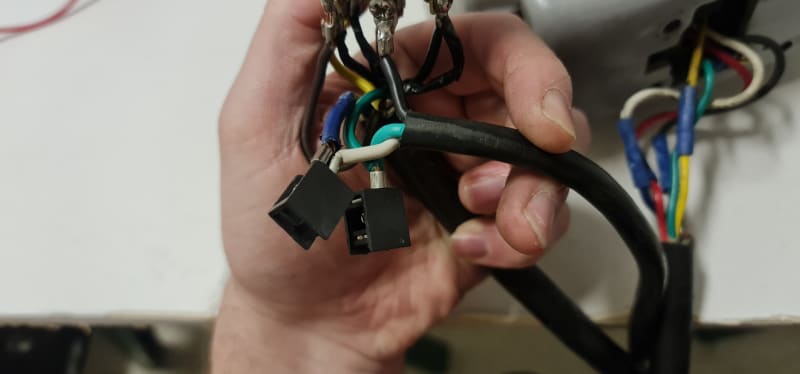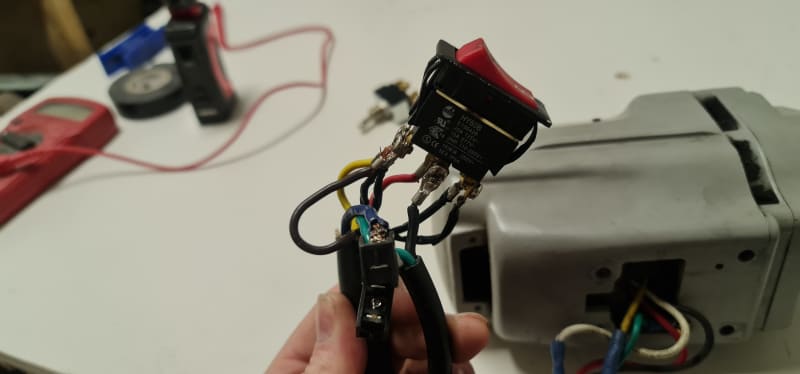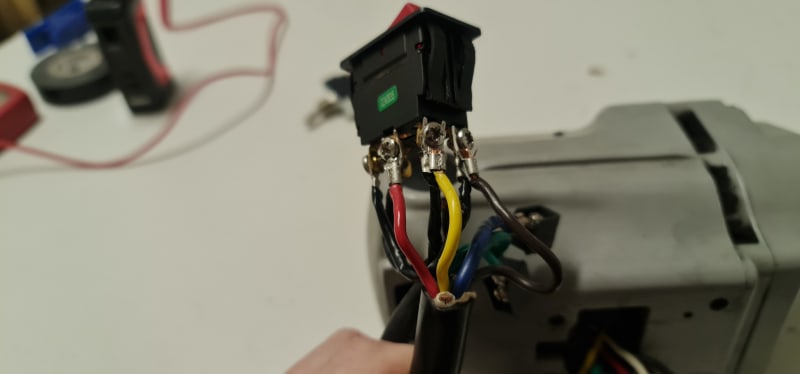bradgirman
Electrical
I have a motor for a stair climbing dolly I need for heavy equipment, the wiring needed to be replaced and I'm failing at wiring this properly to the rocker switch. The switch has 6 terminals, the corners are cross connected.
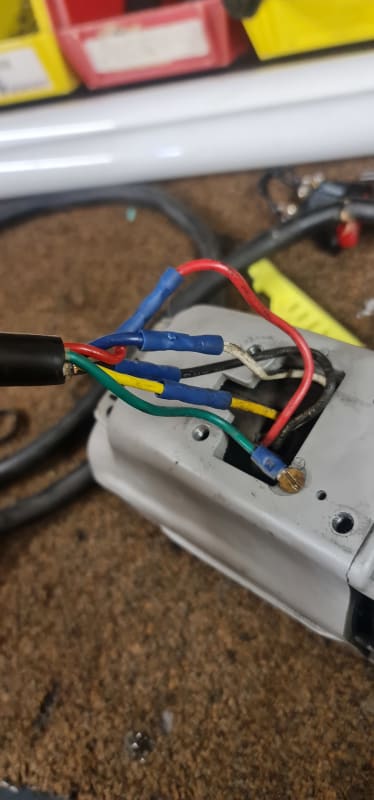

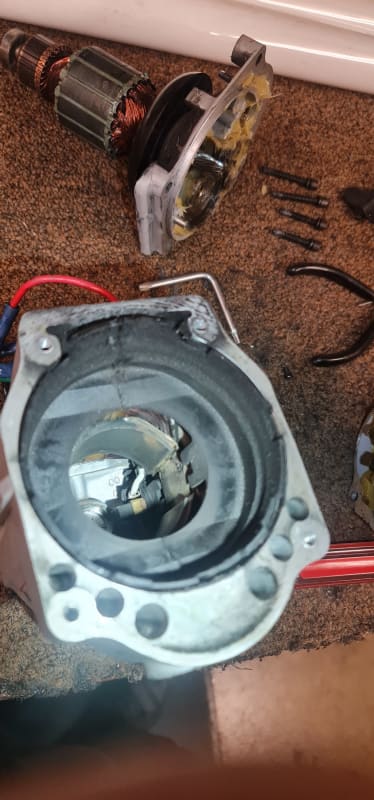
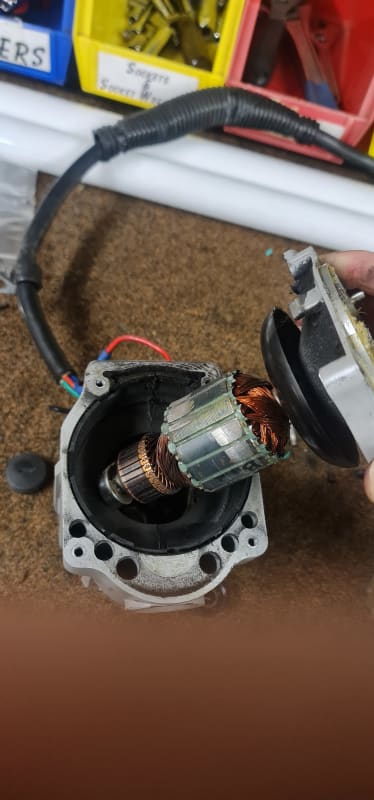
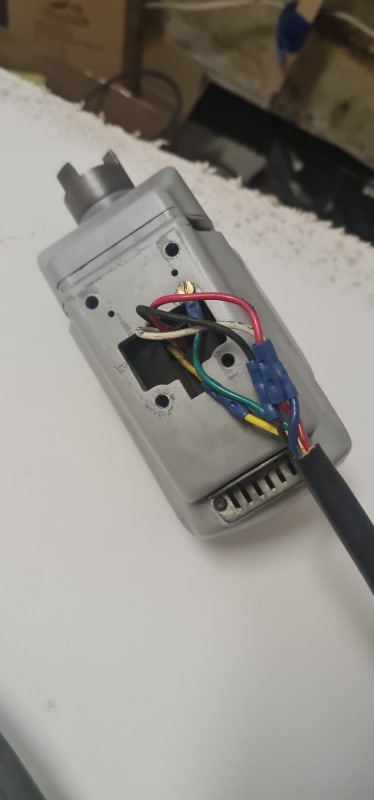





Follow along with the video below to see how to install our site as a web app on your home screen.
Note: This feature may not be available in some browsers.





